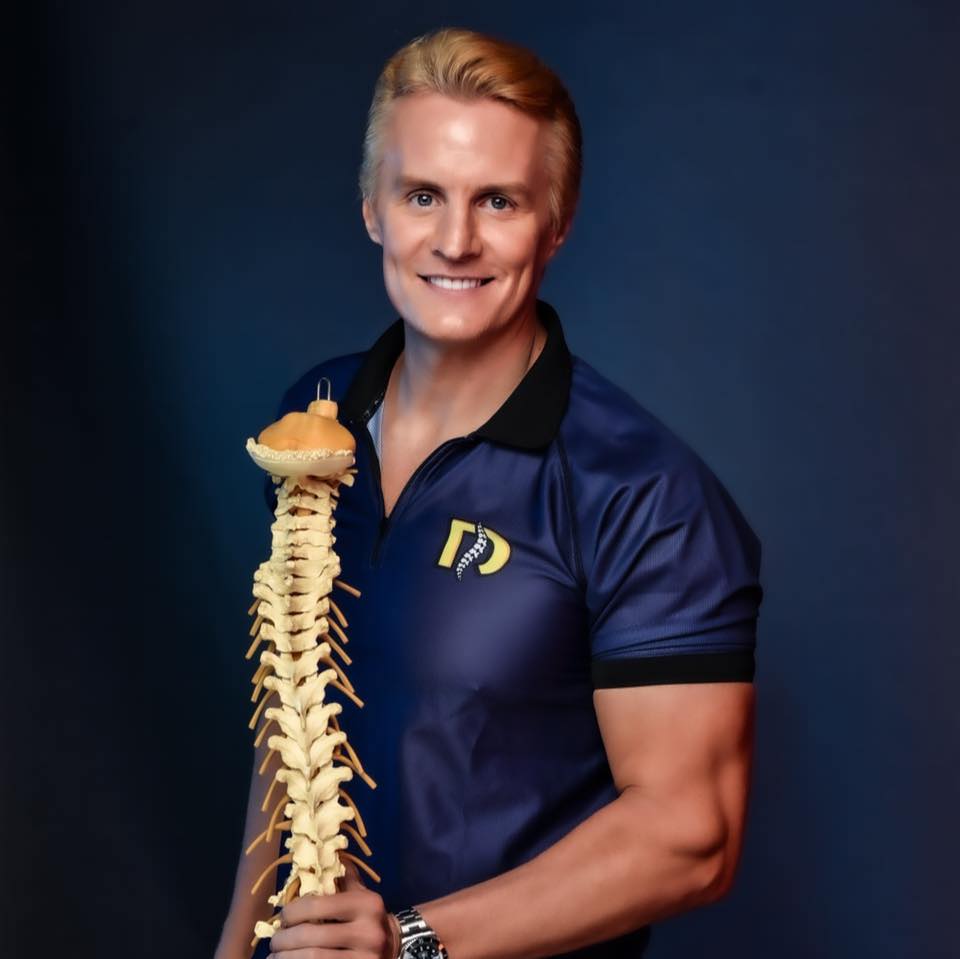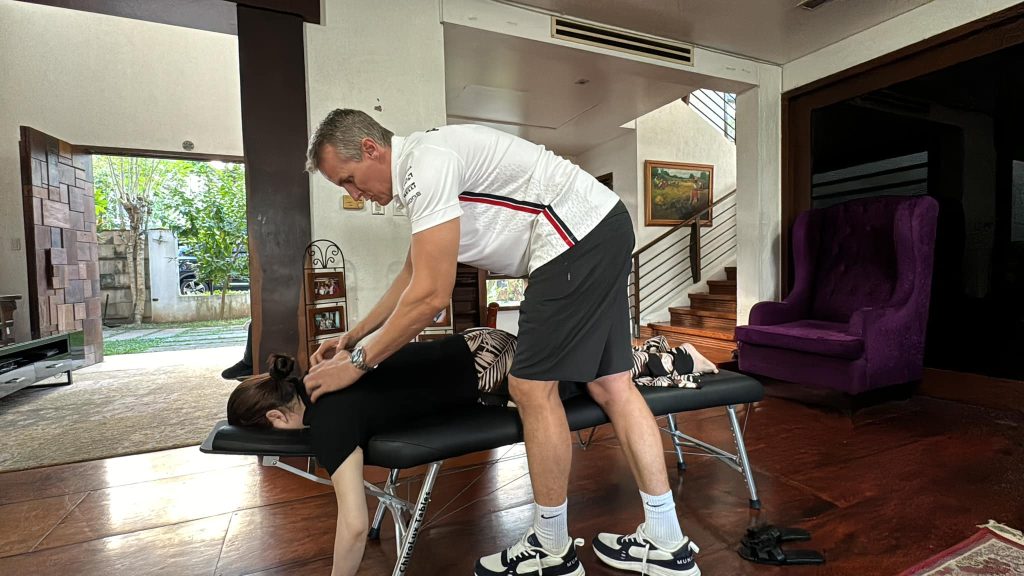
Scoliosis: A Comprehensive Guide from a Chiropractic Perspective
Scoliosis, a condition characterized by an abnormal sideways curvature of the spine, affects millions worldwide. While often associated with adolescents, it can occur at any age. This comprehensive guide delves into the types, causes, symptoms, and treatment options for scoliosis, with a particular focus on the role of chiropractic care.
Understanding Scoliosis
Scoliosis manifests as a lateral curve in the spine, deviating from its natural straight alignment when viewed from behind. The spine may resemble a “C” or an “S” shape. While mild cases often go unnoticed, severe scoliosis can lead to noticeable postural changes, pain, and even breathing difficulties.
Prevalence and Demographics
Scoliosis is surprisingly common, affecting approximately 2-3% of the population. While it can develop at any age, adolescent idiopathic scoliosis (AIS) is the most prevalent form, diagnosed primarily in children between 10 and 18 years old. Interestingly, girls are eight times more likely to require treatment than boys.
Types and Causes of Scoliosis
- Idiopathic Scoliosis: The most common type, with no known cause. It’s suspected that genetics may play a role.
- Congenital Scoliosis: Present at birth due to abnormal spinal development in the womb.
- Neuromuscular Scoliosis: Associated with underlying neurological or muscular disorders like cerebral palsy or muscular dystrophy.
- Degenerative Scoliosis: Occurs in older adults due to age-related wear and tear of the spine.
- Other Causes: Less common causes include tumors, infections, or injuries.
Recognizing the Signs and Symptoms
Visible signs of scoliosis include uneven shoulders or hips, a prominent shoulder blade, a head not centered over the body, leaning to one side, and a rib hump when bending forward. Other symptoms may include back pain, muscle fatigue, and difficulty breathing in severe cases.

Diagnosing Scoliosis
Diagnosis typically involves a physical examination, including the Adam’s Forward Bend Test and scoliometer measurement, to assess the degree of curvature. X-rays are crucial for measuring the Cobb angle, which quantifies the severity of the curve. Additional imaging like MRI or CT scans may be necessary to identify underlying causes.
Treatment Options: A Multi-faceted Approach
- Observation: For mild curves, regular monitoring to check for progression is often sufficient.
- Bracing: Moderate curves in growing adolescents may benefit from bracing to prevent further progression.
- Chiropractic Care: Chiropractors offer specialized adjustments to improve spinal alignment and function. Rehabilitative exercises to strengthen core muscles and improve posture are also a crucial component.
- Surgery: Reserved for severe curves or cases where other treatments fail, surgery typically involves spinal fusion with rods and screws.
Living with Scoliosis: Tips and Considerations
Early detection and treatment are key to managing scoliosis effectively. Maintaining good posture, engaging in regular exercise and stretching, and seeking pain management strategies when needed can significantly improve quality of life. For pregnant women with scoliosis, consulting with healthcare professionals is crucial to ensure a safe and healthy pregnancy.
The Chiropractic Perspective
Chiropractic care offers a non-invasive, holistic approach to scoliosis management. By focusing on spinal alignment, function, and overall musculoskeletal health, chiropractors can help alleviate pain, improve posture, and enhance the body’s natural healing abilities.

Conclusion
Scoliosis, while a common condition, can significantly impact one’s life if left unaddressed. Early detection and a comprehensive treatment plan, potentially including chiropractic care, can make a world of difference. If you suspect scoliosis in yourself or a loved one, don’t hesitate to seek professional guidance.
About the Author Doc Rob
Doc Rob is a man with a mission and outside of the transformations, he performs day in and day on his patient's health and well-being you can always find him out there in the local Filipino community helping to educate and improve the lives of everyday people with the Doc Rob Wellness Mission.
Popular posts
Session expired
Please log in again. The login page will open in a new tab. After logging in you can close it and return to this page.
